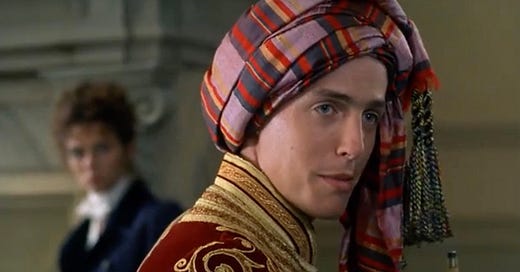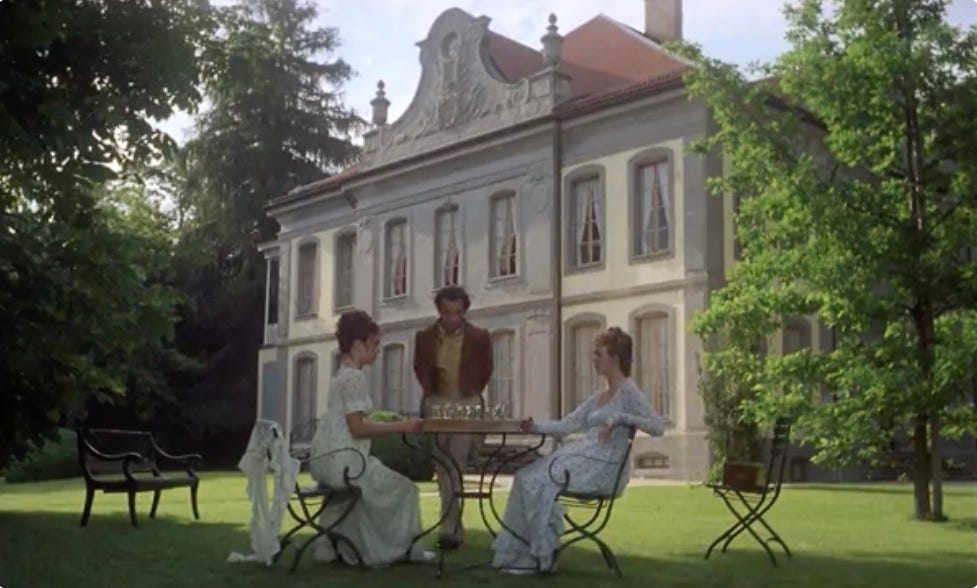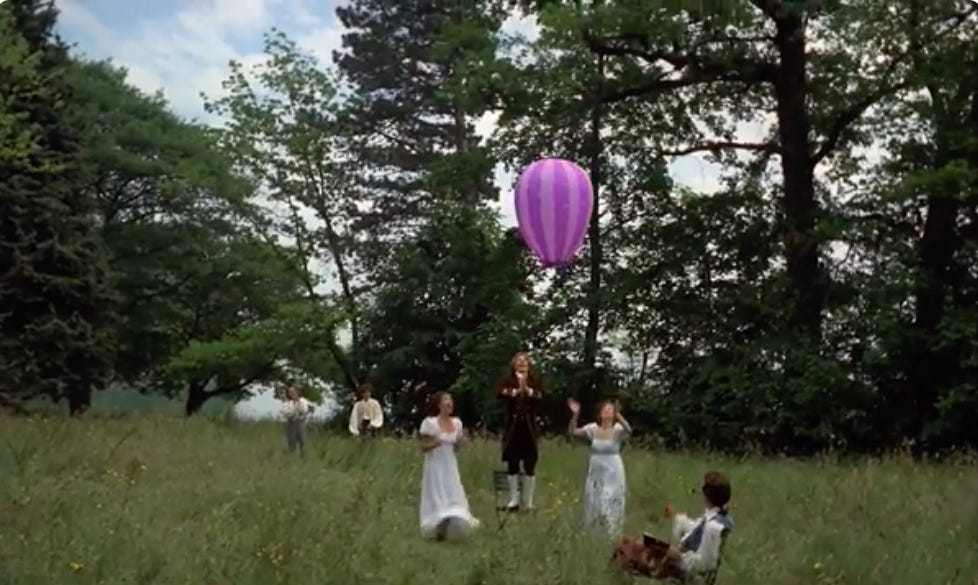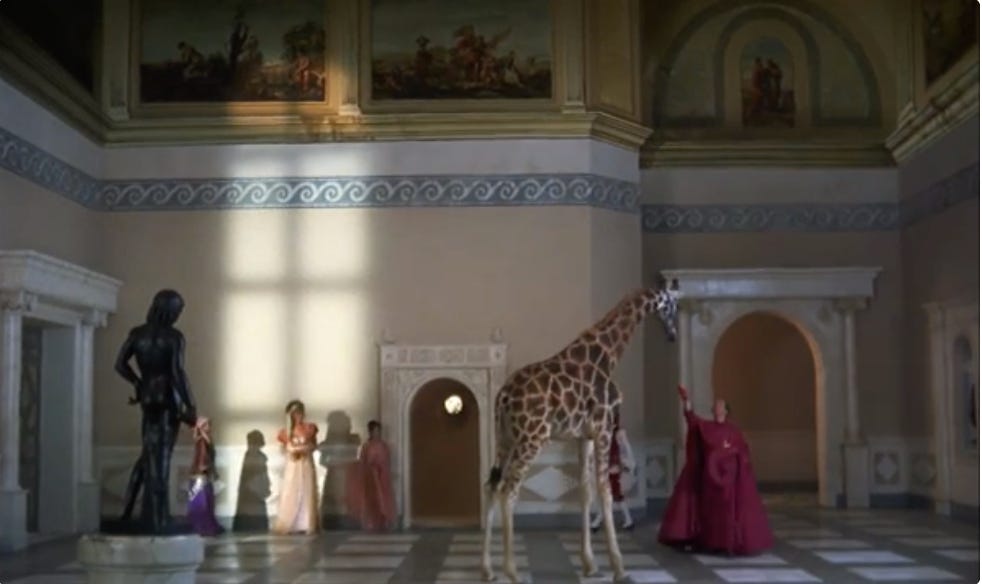I’ve been fascinated by the Villa Diodati — or at least, by events at the Villa Diodati, in that lost, dark summer of 1816 — for as long as I can remember. Or since the mid-1980s. You will, of course, remember the story: Mary Godwin runs off with Percy Bysshe Shelley; they track down Lord Byron at his rented villa on the shores of Lake Geneva. Claire Clairmont (Mary’s step-sister) and John Polidori (Byron’s physician) make up the party: a gang of young upper-class English hippies abroad, barely snatched from the cradle. And then, as you will recall, one dark, stormy and laudanum-fuelled night, Byron suggests that they each write a ghost story. Mary dreams of Prometheus, and Frankenstein is born:
I passed the summer of 1816 in the environs of Geneva. The season was cold and rainy, and in the evenings we crowded around a blazing wood fire, and occasionally amused ourselves with some German stories of ghosts, which happened to fall into our hands. These tales excited in us a playful desire of imitation. Two other friends (a tale from the pen of one of whom would be far more acceptable to the public than any thing I can ever hope to produce) and myself agreed to write each a story, founded on some supernatural occurrence.
Mary Shelley, Frankenstein; or, The Modern Prometheus, From the Preface to the 1818 Edition.
The bad weather is very much part of the story. In April, 1815, Mount Tambora, the Indonesian volcano, erupted, spewing vast quantities of ash into the atmosphere, unsettling weather patterns worldwide. Throughout the summers of 1815 and 1816, it rained consistently — reducing the Waterloo fields to a quagmire and forcing the Diodati party indoors, to read ghost stories by flickering light. Mary was eighteen, Polidori twenty-one; Claire, pregnant with Byron’s child, twenty-two; Shelley twenty-three, and Byron, a little bit older, at twenty-eight.
Now for some reason the Villa Diodati suddenly became a hot topic for writers and filmmakers in the mid-to-late 1980s. I’m not exactly sure why this was so — I need to do more research — but come 1986, Ken Russell’s Gothic hit the screens and became a minor sensation, or at least, on Melvyn Bragg’s The South Bank Show. This was followed by Gonzalo Suárez's Remando al viento (Rowing with the Wind) and Ivan Passer’s Haunted Summer, both films released in 1988 — the latter based on Ann Edward’s enjoyable bodice ripper, and starring Alice Krige (Chariots of Fire) as Mary Shelley. There was even a charming BBC documentary, The Strange Affair of Frankenstein (1986), presented by the splendid Anglo-Austrian aristo (he with the Tsarist beard and the Mr Kipling Makes Exceedingly Good Cakes voice), Baron 'Bob' Alexander Symes-Schutzmann von Schutzmannsdorff. It's available to watch on BBC iPlayer.
I’m rather fond of Rowing with the Wind (1988), even if, admittedly, it’s a Euro pudding of a picture. Or maybe because it’s a Euro pudding of a picture. It’s arty stuff. There’s a real-life giraffe (Sacheverell Sitwell’s favourite animal) and a fire balloon and the music of Grieg, Mozart (glass harmonica), Beethoven and Ralph Vaughan Williams and Hugh Grant’s Byron’s as wooden as his stiff leg, and Liz Hurley has thick eyebrows and gets her kit off. Trust me, it’s all most appealing. A Poor Man’s Merchant Ivory. An aesthete’s film. For dreamers and romantics. Like Elvira Madigan (1967) or The Duellists (1977). I first saw this on television in the 90s, and despite the dodgy acting, I was immediately entranced by the visuals, which are stunning: Herr Doktor Frankenstein’s yacht floundering in the ice-flows of the Arctic, set to Ralph Vaughan Williams’ Fantasia on a Theme by Thomas Tallis, which despite the musical anachronism, works beautifully.
Keep reading with a 7-day free trial
Subscribe to Luke Honey's WEEKEND FLICKS. to keep reading this post and get 7 days of free access to the full post archives.







